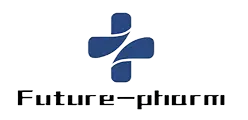
7 Essential Insights for Global Buyers of Pharmaceutical Raw Materials
In an increasingly interconnected global market, the procurement of Pharmaceutical Raw Materials has become a critical focal point for manufacturers and buyers alike. According to a report from the IQVIA Institute for Human Data Science, the global pharmaceutical market is projected to exceed $1.5 trillion by 2023, highlighting the significant role that raw materials play in this expansive industry. As demand grows, understanding the nuances of sourcing these materials—including regulatory compliance, quality assurance, and supply chain dynamics—has never been more essential for global buyers.
Moreover, the World Health Organization estimates that approximately 80% of pharmaceutical ingredients are sourced from overseas suppliers, indicating a reliance on a complex and often volatile supply chain. As such, buyers must navigate a landscape marked by challenges such as geopolitical tensions, price fluctuations, and varying quality standards across regions. This blog aims to equip global buyers with seven essential insights to enhance their procurement strategies for Pharmaceutical Raw Materials, ensuring they can maintain product quality and compliance in an evolving market environment.
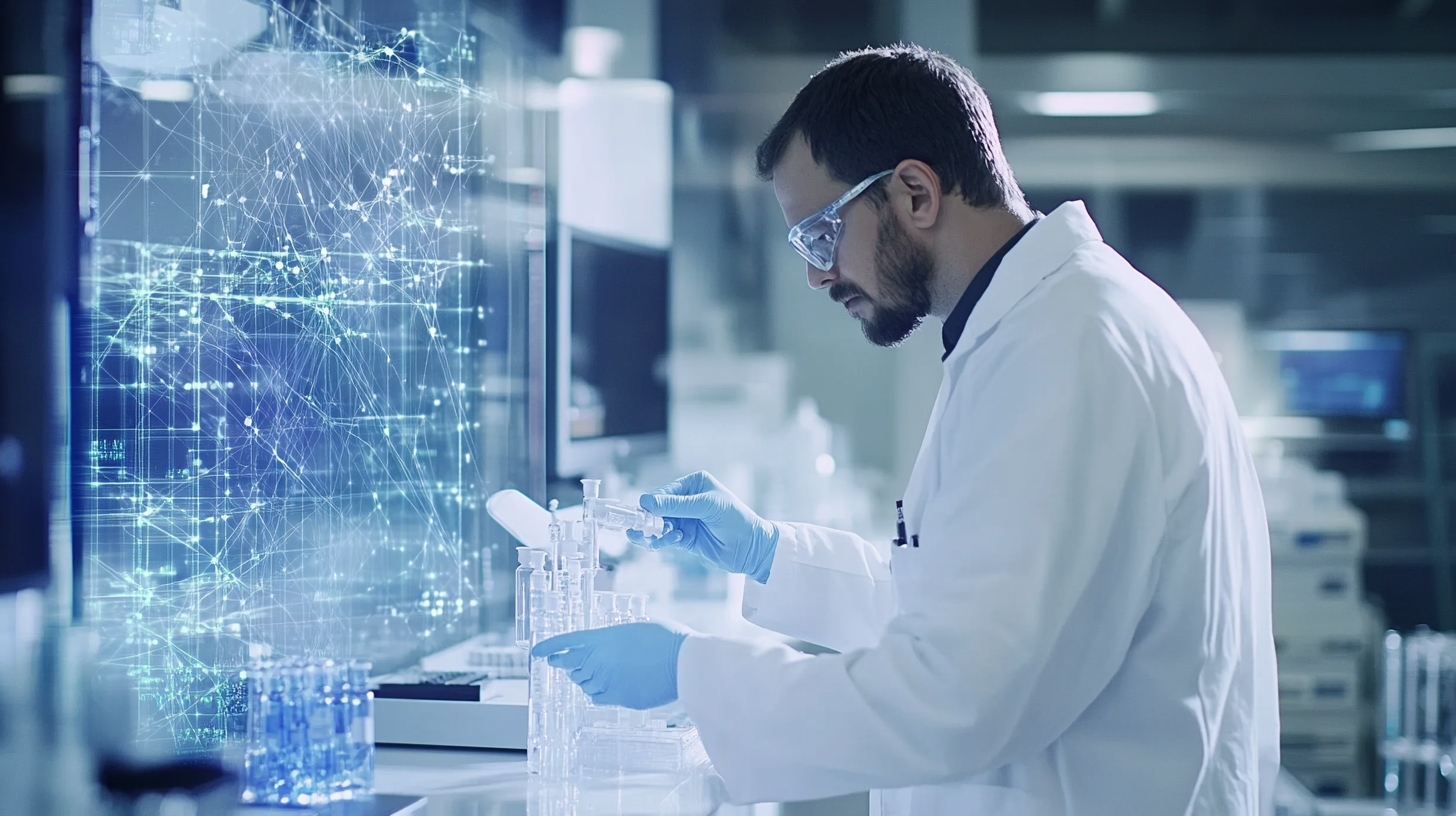
Understanding the Regulatory Landscape for Pharmaceutical Raw Materials
Navigating the regulatory landscape for pharmaceutical raw materials is crucial for global buyers looking to ensure compliance and maintain quality in their supply chains. Different countries have distinct regulatory frameworks that govern the production, testing, and distribution of pharmaceutical ingredients. Understanding these regulations not only protects companies from potential legal repercussions but also enhances the safety and efficacy of the final pharmaceutical products. The regulatory requirements can vary significantly across regions. In the United States, the Food and Drug Administration (FDA) oversees the approval and monitoring of pharmaceutical raw materials, while in Europe, the European Medicines Agency (EMA) sets forth stringent guidelines. For buyers, this means staying informed about the specific compliance standards, such as Good Manufacturing Practices (GMP), which provide a foundation for quality assurance. Additionally, the need for documentation such as Certificates of Analysis (CoA) and Drug Master Files (DMF) is essential for verifying the quality and safety of raw materials sourced from international suppliers. Moreover, understanding the regulatory landscape facilitates risk management. By being aware of potential changes in regulations or emerging compliance challenges, global buyers can better strategize their sourcing approaches. This proactive engagement with regulatory frameworks not only helps in averting supply chain disruptions but also fosters stronger partnerships with manufacturers, ultimately leading to improved product development and market readiness.
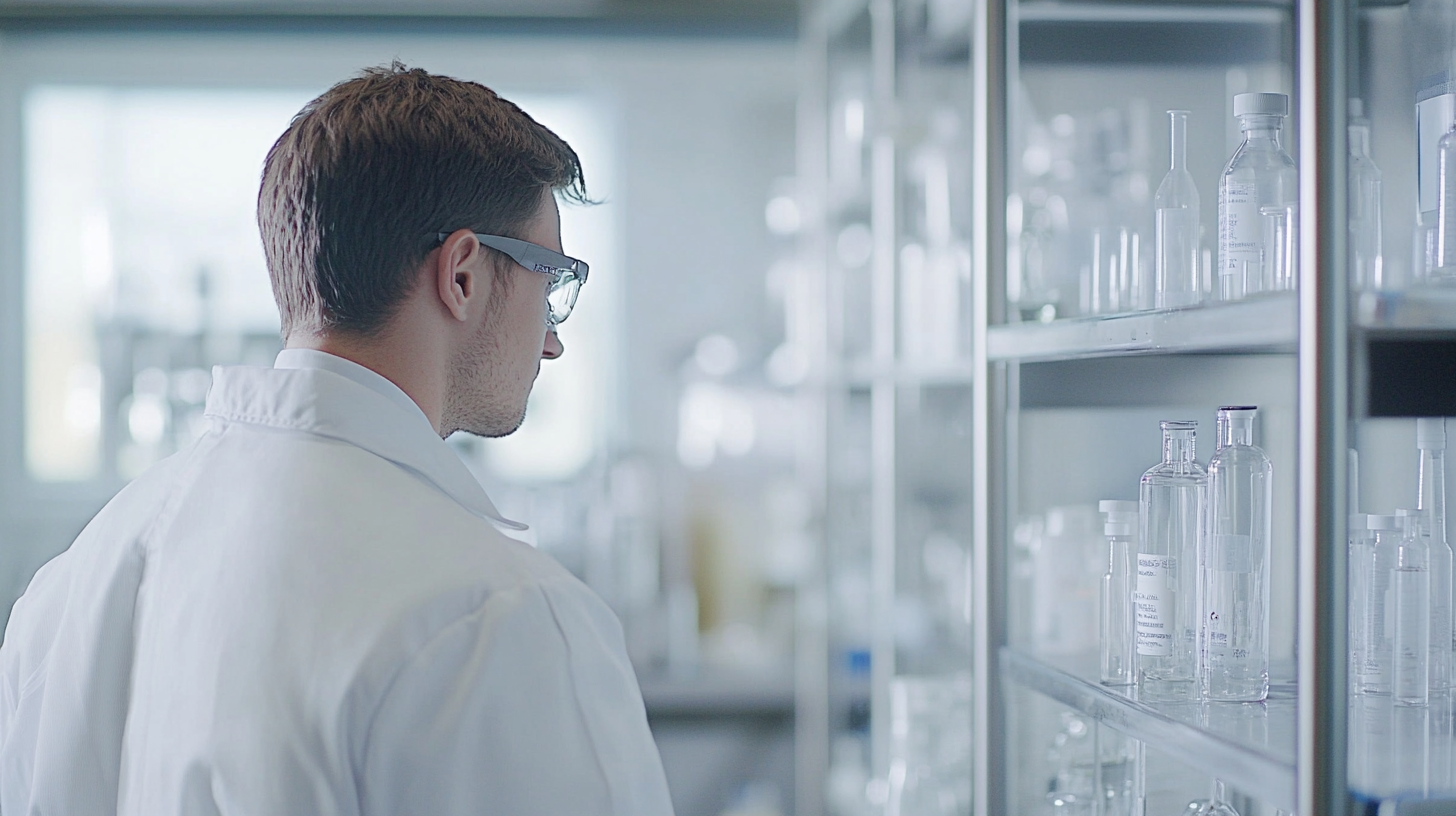
Evaluating Quality and Compliance Standards in Raw Material Procurement
In the pivotal realm of pharmaceutical raw materials procurement, the evaluation of quality and compliance standards is paramount. Recent developments in the industry highlight the importance of adhering to these standards, as evidenced by the recent certification achievement of Shanghai Moyang Biotechnology Co., which successfully passed the Medical Device Single Audit Program (MDSAP) along with EU ISO 13485 certification. This significant milestone not only enhances credibility in the global market but also demonstrates a commitment to ensuring that clinical-grade products meet the highest safety and efficacy benchmarks—a crucial factor for global buyers in the pharmaceutical sector.
Moreover, the landscape of raw material procurement is being increasingly shaped by regulatory requirements and the need for transparency. A report from the Drug Administration emphasizes the ongoing anti-corruption efforts within the pharmaceutical industry, where compliance with regulatory standards has become a focal point in combating malpractice, such as the notorious "kickback" schemes. These efforts signal a clear shift towards establishing a more trustworthy supply chain, thus pushing buyers to conduct thorough due diligence when assessing suppliers.
Statistically speaking, a recent industry survey indicated that over 60% of pharmaceutical companies prioritize quality compliance in their procurement strategies. This trend underscores the necessity for global buyers to scrutinize the quality control processes employed by suppliers, ensuring they align not only with local regulations but also with international standards. As the demand for pharmaceutical raw materials continues to escalate globally, the intersection of quality, compliance, and ethical procurement practices remains a fundamental consideration for buyers navigating this complex landscape.
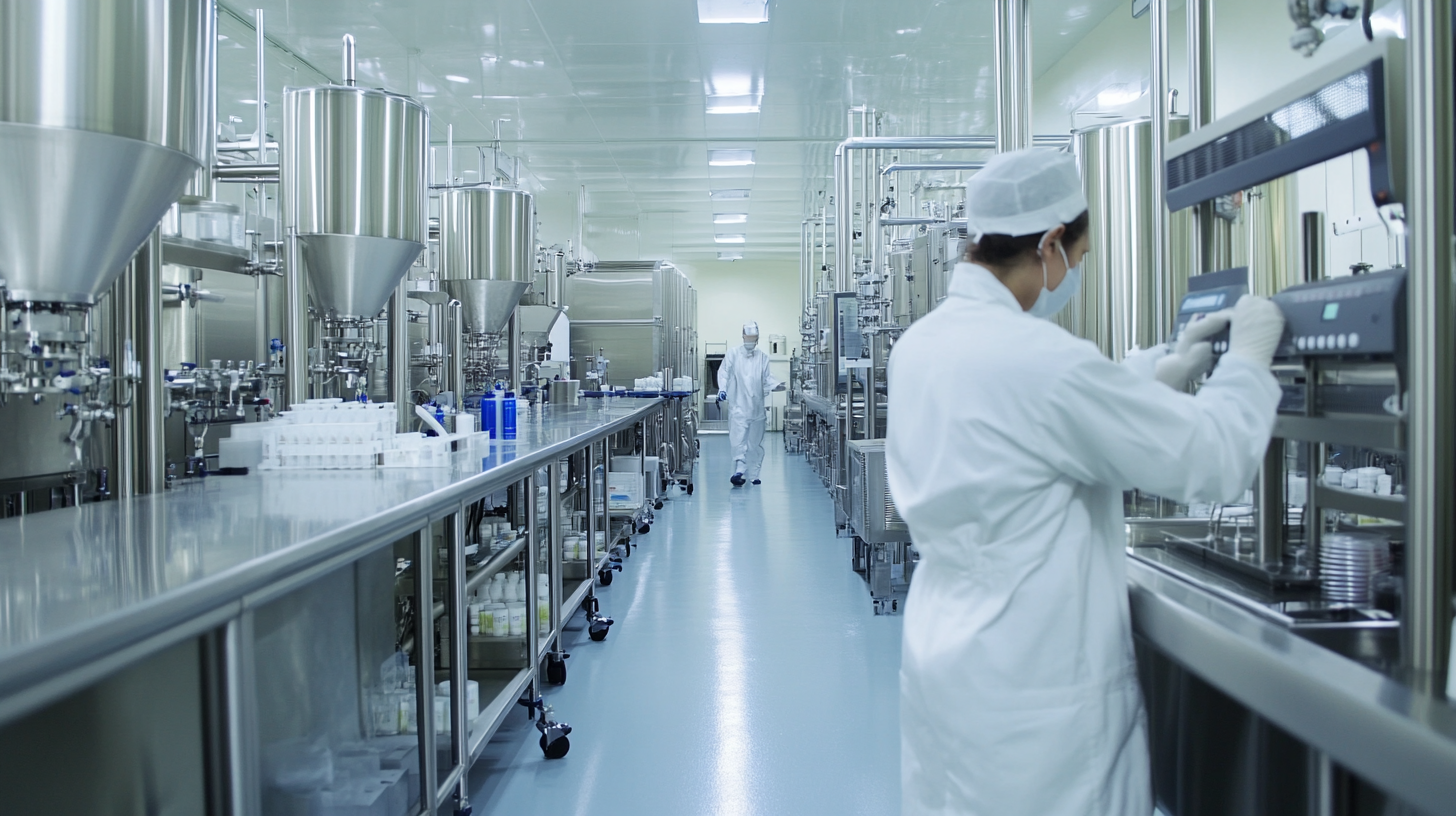
Key Supply Chain Considerations for Global Pharmaceutical Buyers
When it comes to procuring pharmaceutical raw materials, global buyers must navigate a complex web of supply chain considerations. One of the fundamental aspects to consider is regulatory compliance. Each country has its own set of regulations governing pharmaceutical materials, and understanding these can make or break a sourcing effort. Buyers should stay informed about the latest regulatory changes in the countries from which they are purchasing, as non-compliance can lead to significant delays and financial repercussions.
Another critical element is the reliability of suppliers. In the global market, partnerships must be built on transparency and trust. Buyers should thoroughly vet suppliers, ensuring they have a track record of consistent quality and timely deliveries. Establishing solid relationships with suppliers can also facilitate better negotiations and more favorable terms, ultimately leading to cost savings and improved product quality.
Additionally, global buyers need to be mindful of geopolitical factors that can impact the supply chain. Political instability, trade policies, and tariffs can affect the availability and pricing of raw materials. Proactive risk assessments and contingency planning are essential to mitigate potential disruptions. By staying informed and adaptable, pharmaceutical buyers can ensure a steady supply of high-quality raw materials, enabling them to meet market demands effectively.
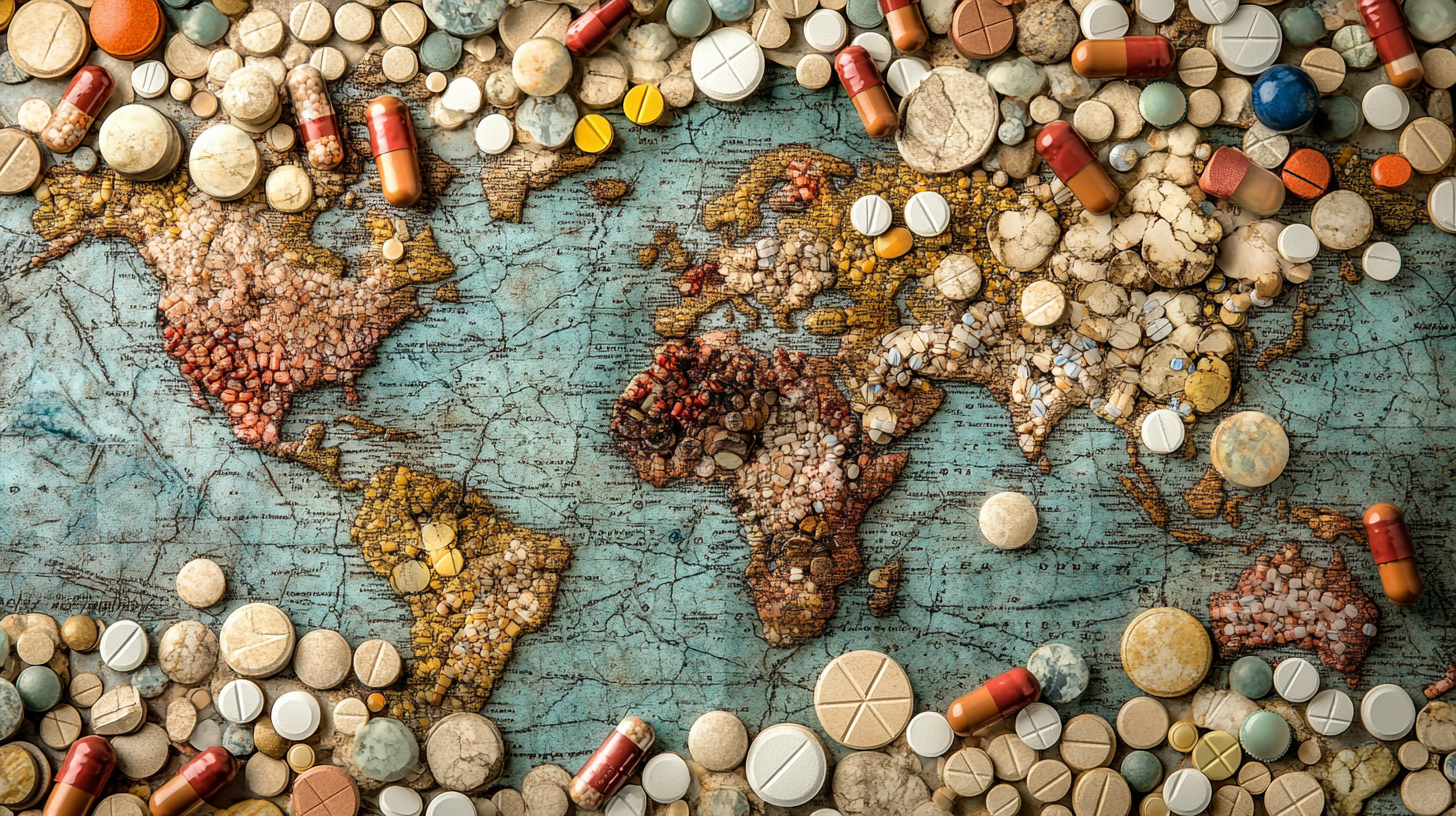
Best Practices for Assessing Supplier Reliability and Capabilities
When sourcing pharmaceutical raw materials, assessing supplier reliability and capabilities is critical to ensuring product quality and compliance with regulatory standards. According to a report by Grand View Research, the global pharmaceutical raw materials market is projected to reach approximately $500 billion by 2028, highlighting the growing demand for high-quality materials. Buyers must navigate a complex landscape where supplier validation is paramount, as even minor discrepancies can lead to significant ramifications in drug production.
Firstly, it is essential to evaluate the supplier's quality management systems. A robust system aligned with ISO 9001 standards reflects a commitment to quality. Sourcing decisions should also consider suppliers' compliance with Good Manufacturing Practices (GMP), which are mandated by the FDA and EMA. A recent analysis from the Pharmaceutical Supply Chain Initiative revealed that 65% of companies reported increased scrutiny of supplier performance metrics to mitigate risks associated with raw material sourcing.
Additionally, buyers should assess the supplier's capacity for innovation and responsiveness to market trends. A Deloitte study indicated that suppliers who invest in advanced technologies and lean manufacturing processes can significantly enhance supply chain resilience, thereby reducing lead times and costs. Engaging in regular audits and building long-term relationships with reliable suppliers can also yield benefits, as trust is foundational in this tightly regulated industry. By prioritizing these best practices, global buyers can safeguard their operations and contribute to the ongoing advancement of pharmaceutical manufacturing.
Navigating Global Market Trends Impacting Raw Material Sourcing
In the ever-evolving landscape of pharmaceutical raw materials sourcing, global buyers must navigate a myriad of trends that significantly impact their procurement strategies. One key trend is the increasing demand for sustainable packaging solutions, driven by environmental considerations and regulatory changes. According to market data, the global paper packaging market is projected to reach a value of $410.5 billion in 2024, with a compound annual growth rate (CAGR) exceeding 3.8% from 2025 to 2034. This growth, particularly in the pharmaceutical sector, underscores the urgency for suppliers and buyers to adapt to sustainable practices.
Moreover, amidst geopolitical uncertainties and a rise in regionalization, global supply chains are becoming more complex. Recent insights reveal that despite a rebound in U.S. manufacturing spurred by demand, European industries continue to grapple with prolonged downturns. This disparity highlights the necessity for pharmaceutical raw material buyers to evaluate their supply chains meticulously, seeking resilience through diversification and strategic partnerships.
Furthermore, consumer preferences are shifting rapidly, influenced by socio-economic changes. For instance, as the middle class evolves and consumption patterns adapt, pharmaceutical companies must refine their product offerings and marketing strategies. Engaging with local markets and understanding their unique dynamics can provide significant advantages in sourcing essential raw materials while aligning with market demands. Such insights are critical for global buyers aiming to maintain a competitive edge in a landscape marked by fluctuation and opportunity.
